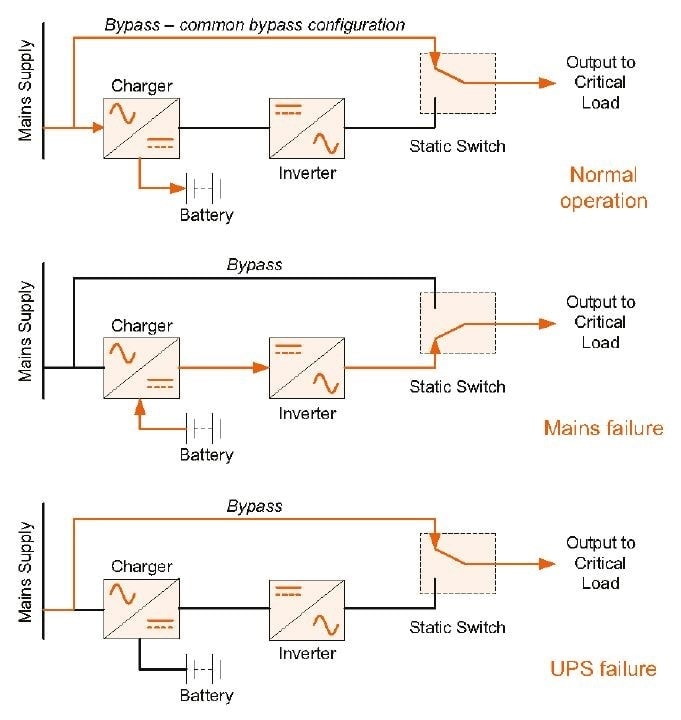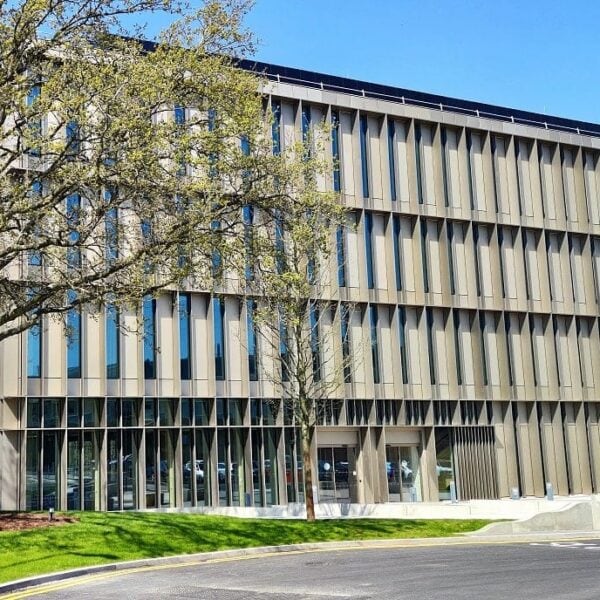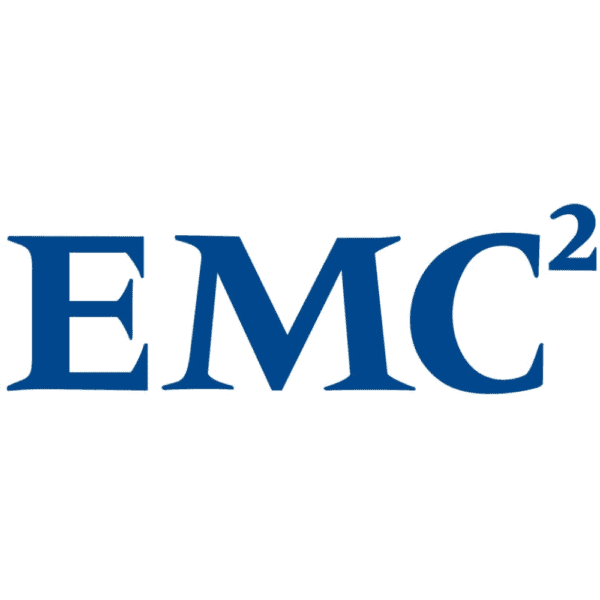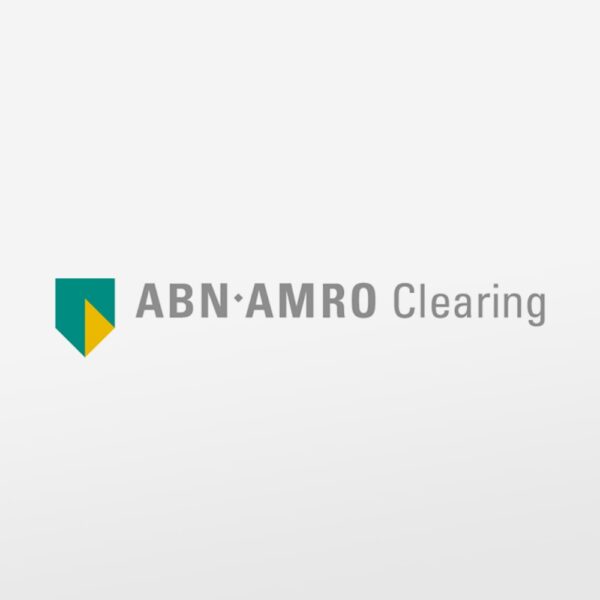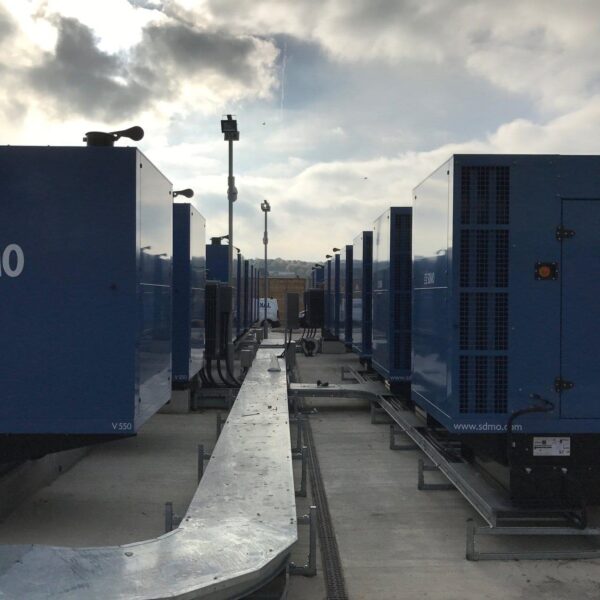Power Usage Effectiveness, or PUE, has become a popular metric for measuring the overall electrical energy efficiency of a data centre. It compares ‘useful’ power used for data processing with total power taken from the grid.
In this article Brian Aver, Technical Support Manager at KOHLER Uninterruptible Power, a KOHLER company, looks at the significance of PUE and how modern UPS topology can help to improve it.
What is PUE?
Driven by continuously-growing demand for secure data processing capacity, dedicated data centres have become truly enormous. Colocation provider Switch’s SuperNAP data centre campus in Las Vegas, for example, has a mission-critical power capacity of up to 200MW and can house up to 20,000 cabinets.
As power demand has climbed to these levels, energy efficiency has become a critical issue for both commercial and political reasons. In recognition of this, the Green Grid – an industry group focused on data centre efficiency – created the Power Usage Effectiveness or PUE metric to determine a data centre’s efficiency using a globally recognised calculation. PUE is defined as the ratio between the total amount of power entering a data centre and the amount usefully consumed by the data-processing load within it. As a data centre’s efficiency improves, its PUE drops; an ‘ideal’, perfectly-efficient data centre would have a PUE of one.
According to the Uptime Institute’s Data Center Industry Survey 2014, the typical data centre has an average self-reported PUE of 1.7, meaning for every 1.7W taken from the utility, only 1W is used directly for IT activity. The ‘useful’ power is consumed by data processing hardware including servers, storage and telecommunications equipment. The ‘overhead’ or wasted energy is due to chillers and other cooling equipment, switchgear and UPSs. As cooling equipment has become more efficient, attention has turned to UPS systems as they offer the major remaining PUE improvement opportunity.
PUE values can vary continuously over a 24 hour period as data centre loads change, on both the overhead and IT equipment sides. External ambient temperature fluctuations can also affect cooling equipment and its contribution to the PUE value. Nevertheless, PUE provides a useful comparative indicator that can reveal improvements and changes within the data centre.
However, one slightly counterintuitive result occurs if a data centre succeeds in improving its IT hardware’s efficiency but not the efficiency of its overheads. In this situation the overall PUE deteriorates due to the change in the ratio between ‘effective’ energy use and wasted energy use. However this effect can be negated, and PUE improved, if UPS energy efficiency is also improved. In fact, the benefits are two-fold; in addition to direct energy savings, increasing UPS efficiency cuts energy use by reducing air conditioning requirements.
UPS technology and efficiency
UPS design has travelled a tremendous way in the last twenty years, becoming smaller, more powerful, more flexible and most importantly, more efficient. Today, most modern UPS installations use transformerless UPS topology, which offers several significant advantages over the earlier transformer-based approach it replaced. As a result, efficiency has massively improved in recent years and the most advanced UPS suppliers are now able to offer efficiency levels of up to 96%, and in certain circumstances even higher levels are achievable, albeit with some compromises. What’s more, this high level of efficiency is closely maintained for a wide spectrum of loading, even down to 25% or less, meaning efficiency does not suffer if your UPS is underutilised. Further energy efficiency savings arise as the UPS’s increased efficiency reduces waste heat output and therefore demand on cooling systems.
Another benefit of modern UPS technology is the ability to configure you UPS system as a scalable set of ‘hot-swappable’ modules, rather than a single, monolithic installation. The modular approach enables load capacity to be increased throughout the life of the system, in line with business requirements.
The modern modular system may also improve energy efficiency by presenting an input power factor much closer to unity and far less load-dependent. This reduces the magnitude of the input currents, therefore reducing the size of the power cabling and switchgear.
Eco-mode operation
Modern modular systems, such as KOHLER Uninterruptible Power’s Conceptpower DPA9250, contribute significantly to a data centre’s efficiency and PUE as they can provide 95.5% efficiency while operating in true on-line, double conversion mode. This is the most attractive mode for almost all data centres, as it represents an optimum balance between efficient operation and full UPS protection from mains-borne spikes and disturbances as well as blackouts.
However, there are occasionally applications where operators decide to increment UPS efficiency up to 99% by operating the UPS in what’s called eco-mode. Fig.1 shows a simplified UPS schematic, illustrating the eco-mode principle; in normal operation, the critical load is fed directly from the raw mains. The UPS components and battery back-up only come into use during a mains failure.
Circumstances under which eco-mode may be acceptable include some industrial applications where the load is not susceptible to damage from mains spikes or blackouts. By contrast in areas such as datacentres where the critical load comprises sensitive ICT equipment, operators are extremely unlikely to adopt this mode. Even if the mains quality is generally good, a single mains aberration may lead to loss of data, permanent damage to unprotected ICT hardware. Despite these major shortcomings, eco-mode may one day become a popular option if IT hardware manufacturers design their products to better cope with the factional delay between the mains failing and the UPS coming online. If this is achieved, eco-mode may become a global standard practice, making a significant impact on improving PUE in the process.
Conclusion
As data processing equipment efficiency improves, overall PUE can deteriorate – meaning the raising the efficiency of essential support systems, such as the UPSs, is vital to maintain or improve PUE values in the long term. Modern UPS hardware is needed to correctly size for the critical load.
Theoretically, PUE can be improved by operating the UPS in eco-mode; however, right now, this benefit must be balanced against the risk of exposing the critical load to raw mains during normal operation. It is equally important to note that the significant increases in efficiency from the latest UPS makes the benefit of operating in eco-mode even less appealing, despite what some manufacturers may say.
Overall, PUE can provide a valuable metric for understanding efficiency within the data centre but improving it is not going to come from one area alone. Lowering your PUE is an ongoing challenge with reputational, financial and environmental benefits for those who keep up their commitment.

